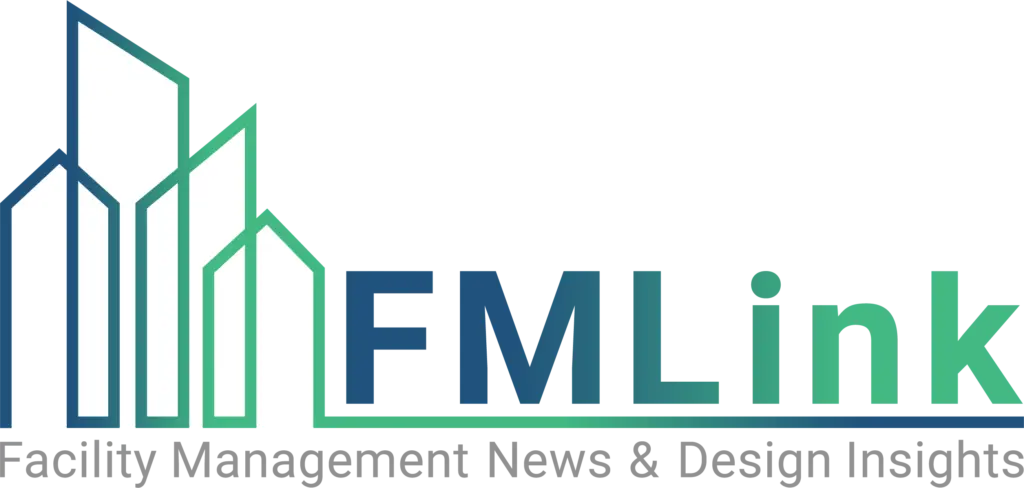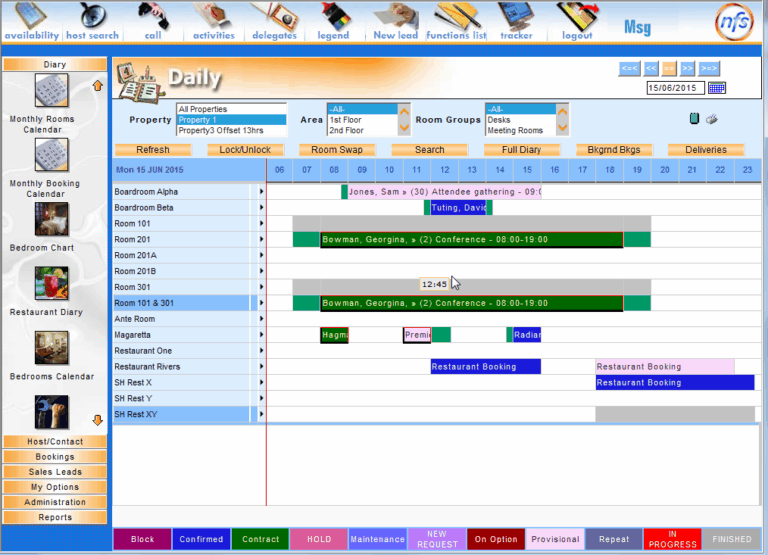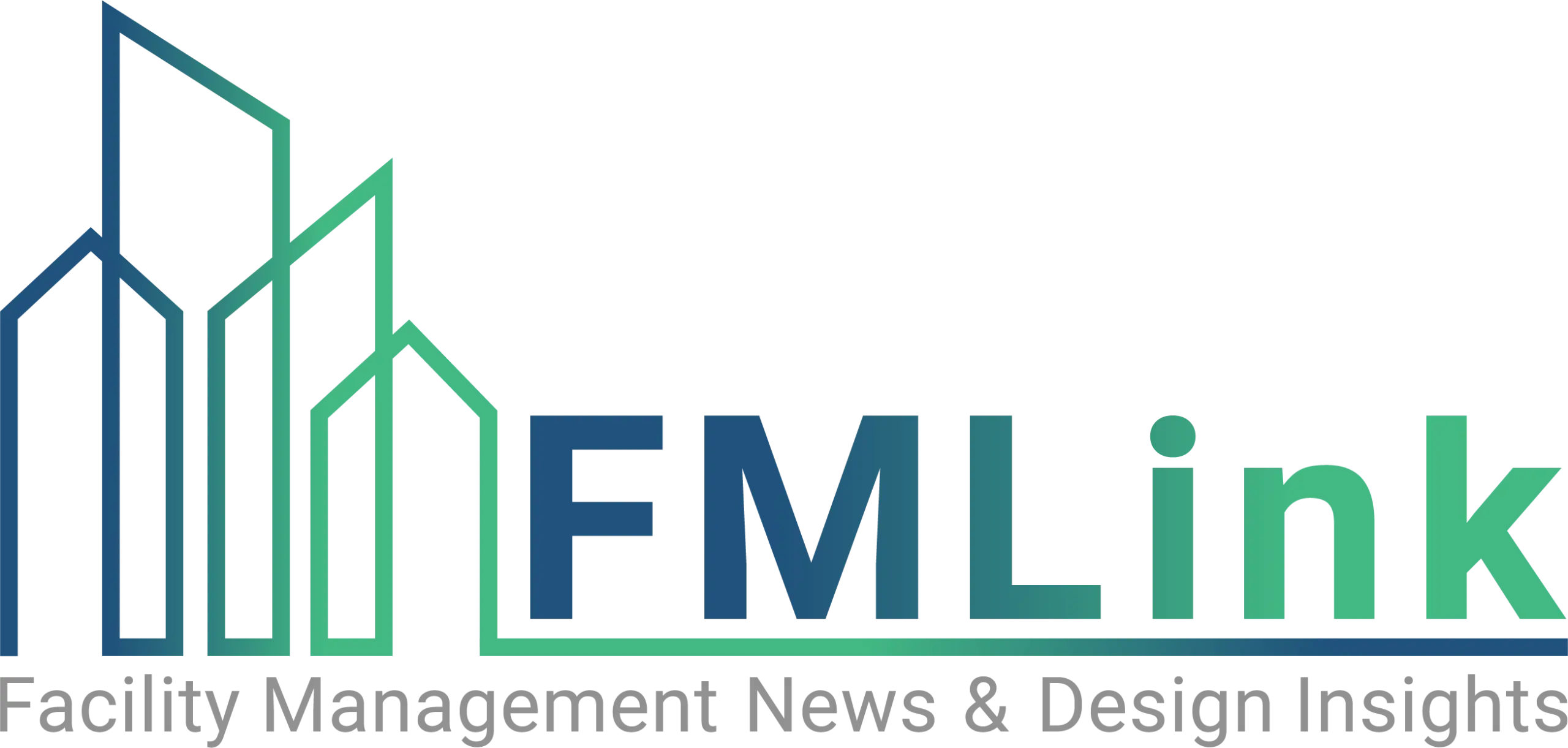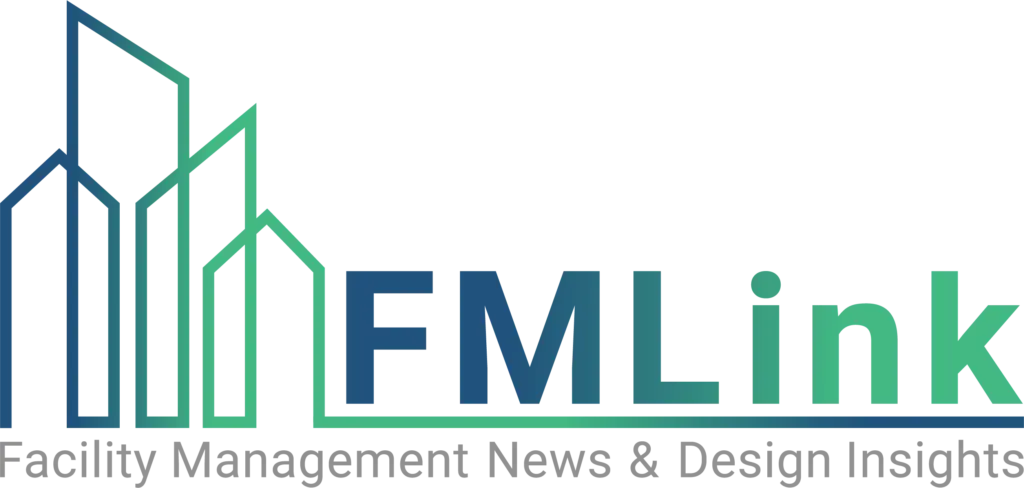Churn — the relocation of employees in response to reorganizations or transfers – is an issue facing virtually every Facility Manager. At IFMA’s WorldWorkplace virtually every vendor involved in crates, rolling carts, and move scheduling software was an exhibitor. Here are the critical benchmarking questions to measure how effectively your organization supports churn activity.
Step 1 — Churn Benchmarking Definitions…
Office Relocations covers moving people in an office environment and office-to-office “box” moves. Those moves involving only the relocation of an employee’s belongings but no changes to furniture or partitions other than minor ergonomic assessments and adjustments e.g. keyboard, work surface height.
- 1. Office personnel relocation — Moving Cost — report the total cost for moving the employee’s belongings from one location to another including packing materials and transportation. Do not include the employee labor required for packing.
- Internal Costs ($000)
- Contractual Costs ($000)
- Internal Costs ($000)
- Contractual Costs ($000)
- Internal Costs ($000)
- Contractual Costs ($000)
2. IT Support — includes the cost of moving and setting up an employee’s information technology equipment. e.g. computer, printer. Exclude any PC change outs / moves that are related to lease terms and / or product upgrades.
3. Telecommunications Support — includes the cost of moving and setting up an employee’s voice / phone equipment.
4. Indicate the total number of people moved associated with the expense shown above in 1 – 3.
FTE (full time equivalent) Move Support Workers…
- 5. Indicate the number of FTE (full time equivalent) Office personnel workers associated with the expense shown above in L1.
- Employees
- Contractors
- Employees
- Contractors
- Employees
- Contractors
6. Indicate the number of FTE (full time equivalent) IT Support workers associated with the expense shown above in 2.
L7. Indicate the number of FTE (full time equivalent) Telecommunications Support workers associated with the expense shown above in L3.
Step 2 — How Do I Compare With Others…

Once this information is collected it is easy to normalize the data on a unit cost basis to determine how efficiently the move process is being handled. One of the churn charts in the Facility Managers Roundtable Group would look like this…

Of noteworthy interest is how consistent the cost structure looks for participants below the median value. There are 17 sites that perform the churn activity – including IT, Phones, and Physical Move — at a cost of between $158 and $269 per person. What can we learn from these results…
- First, this is an excellent indicator that the questions are understood by a signification portion of the group.
- The data is collected in a manner that is consistent in the way the question is written.
- It is highly likely that we will find some Churn Activity Best Practices in this group. In fact, since this group has been benchmarking together and their costs are consistent we can expect that some of the sites have already adopted some of the best practices.
Step 3 — Using This Information…
You’ve completed your churn data collection and performed the calculations. Here are a few questions you should ask yourself…
- Where do you stand on this chart? Are you above the median or below it?
- Could you explain to management why your position on the chart is just right or needs to be changed?
- What are some of the reasons that explain your position on the chart?
Step 4 — Some Best Practices…
The Churn process is one of the issues we discuss every year at our best practices meeting. Some best practices include…
- Support small group moves (under 10 persons) on a weekly or bi-weekly basis.
- Support larger group moves as a project
- Facilities leads a weekly coordination meeting with IT and Telecommunications.
- Use crates instead of cardboard boxes — they are easier to move, and there is no waste.
- Limit the number of crates that you will move (top performing organization limit the number to 3 or 4).
- Provide opportunities for file clean-out before the move. Some organizations host a pizza / file clean-out party to improve the participation.
- Eliminate the boxes or crates with rolling carts


Metrics from the Facility Managers Round Table (FMRT)
In 2004 there were 94 unique sites in the FMRT with a median size of about 1,400,000 million square feet. See the chart below to see how the group looked by industry type.
Participants By Industry Type

Space Metrics
- Space Utilization 430 Gross Square Feet per Occupant
- Cost Metrics
- Utilities $2.17 / GSF
- Custodial $1.33 / Cleanable SF
- Maintenance $1.82 / GSF
- Parking and Paving $1529 / Acre
- Groundskeeping $3405 / Acre
- Security $0.73 / GSF
- Mail Services $0.22 / GSF
- Environmental Health and Safety $0.35 / GSF
- Fixed Costs (Includes: Building, Leasehold Improvements, Furniture/Equipment) $ 3.71 / GSF
Move / Churn Cost Metrics
- Box Move Costs $421 / Person Moved
CUSTOMER SATISFACTION
- Satisfaction With Overall Facilities Services 3.80 on a 1 to 5 scale




